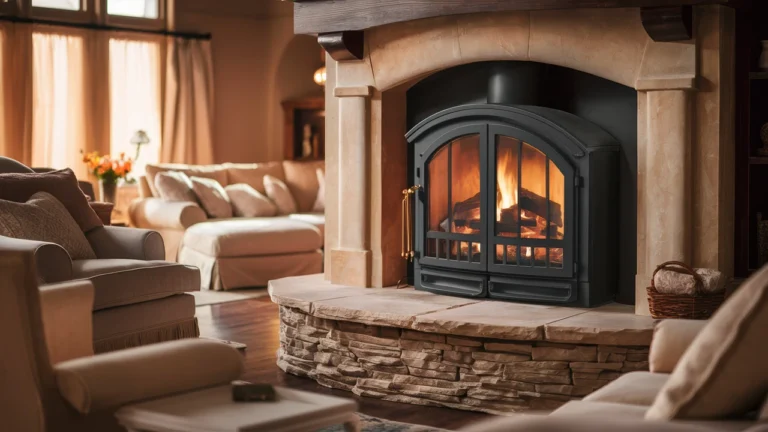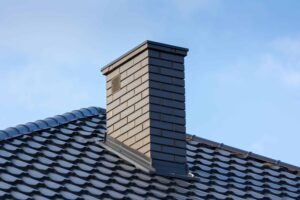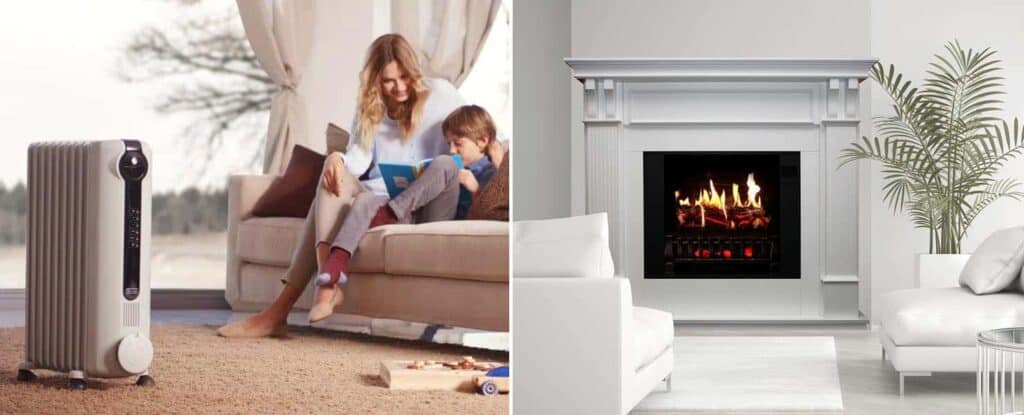There’s something undeniably captivating about the crackling of wood and the warm glow of a traditional fireplace. However, many homeowners find themselves torn between the allure of a classic hearth and the need for energy efficiency. Enter wood-burning inserts – the perfect solution that marries the charm of a traditional fireplace with modern heating technology. In this comprehensive guide, we’ll explore everything you need to know about wood-burning fireplace inserts, from their benefits and installation to maintenance and environmental impact.
What Are Wood-Burning Fireplace Inserts?
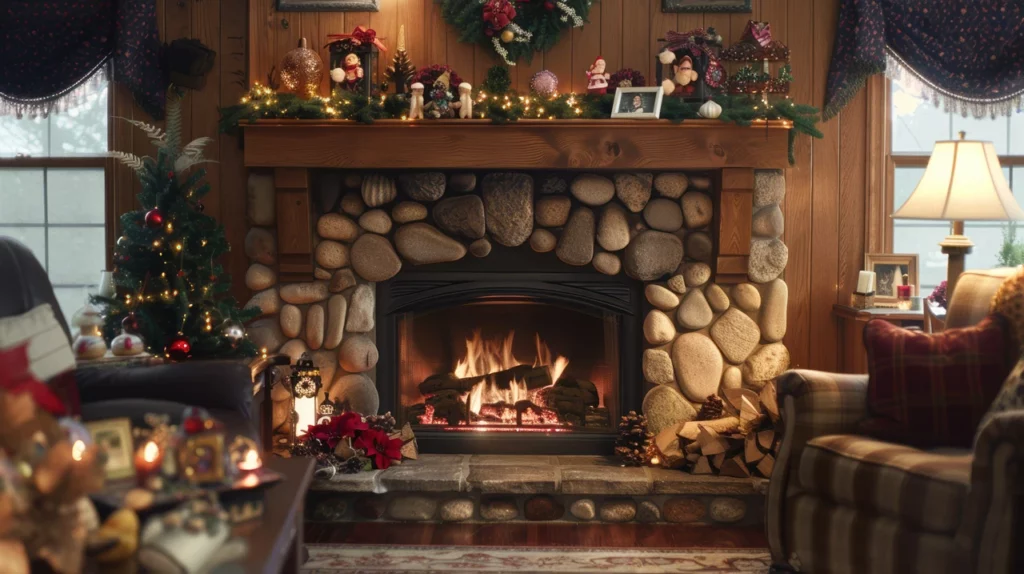
Wood-burning inserts are essentially fireplaces within fireplaces. These efficient heating appliances are designed to fit into existing fireplace openings, transforming inefficient, drafty fireplaces into powerful heat sources. Unlike traditional open fireplaces that lose up to 90% of their heat up the chimney, wood-burning inserts are engineered to maximize heat output and minimize waste.
Types of Wood-Burning Fireplace Inserts
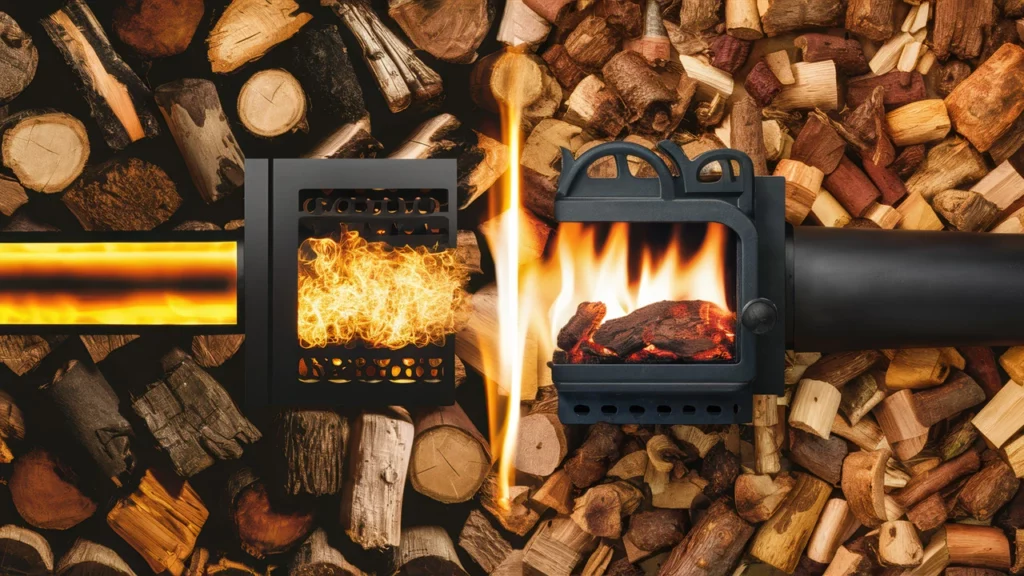
1. Catalytic vs. Non-Catalytic
- Catalytic inserts use a catalyst to burn gases and particles that would otherwise go up the chimney
- Non-catalytic inserts rely on high temperatures and a longer flame path to achieve efficient combustion
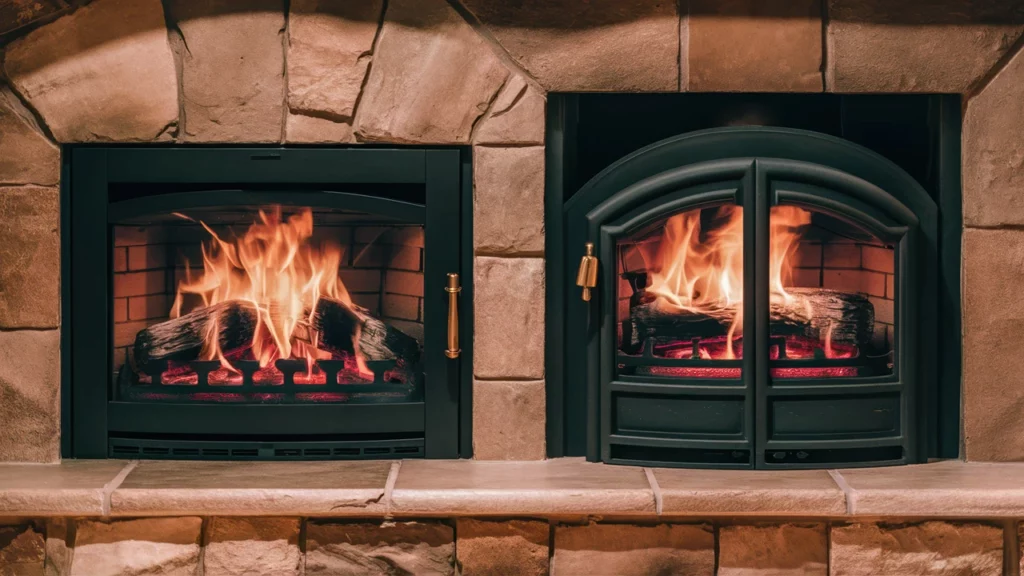
2. Single-Door vs. Double-Door Designs
- Single-door models offer a more unobstructed view of the fire
- Double-door designs provide easier access for loading wood and cleaning

3. Freestanding vs. Built-In Models
- Freestanding inserts can be placed in front of an existing fireplace
- Built-in models are designed to fit snugly into the fireplace opening
The Benefits of Wood-Burning Fireplace Inserts
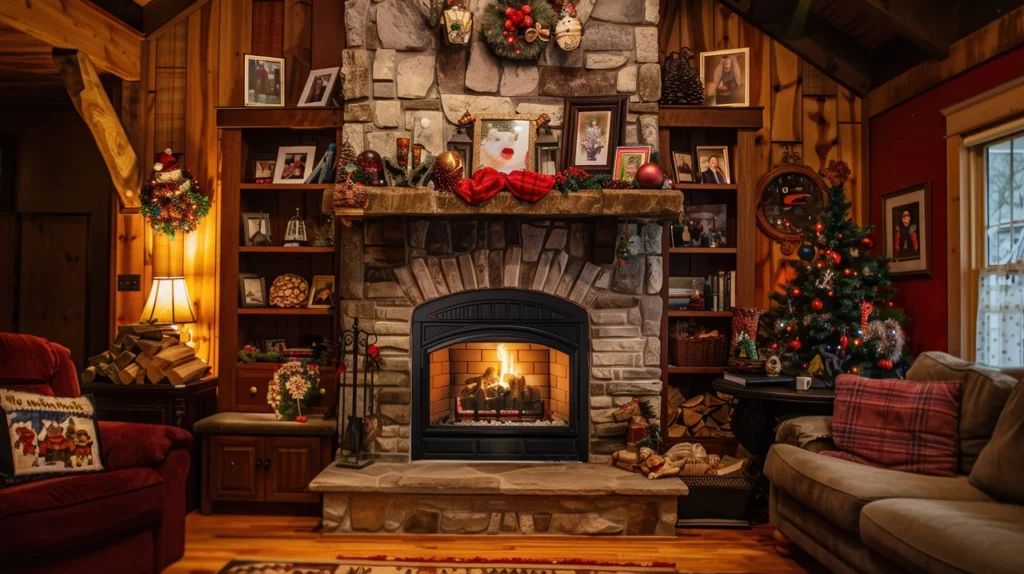
Investing in a wood-burning insert offers numerous advantages for homeowners:
- Improved Energy Efficiency: Wood-burning inserts can achieve efficiency ratings of up to 80%, compared to the 10-20% efficiency of traditional fireplaces.
- Cost Savings: By burning wood more efficiently, you can significantly reduce your heating bills.
- Environmental Considerations: Modern inserts produce fewer emissions than open fireplaces, making them a more eco-friendly option.
- Aesthetic Appeal: Enjoy the ambiance of a real wood fire without sacrificing heat output.
- Increased Home Value: A well-maintained wood-burning insert can be an attractive feature for potential buyers.
Choosing the Right Insert for Your Home
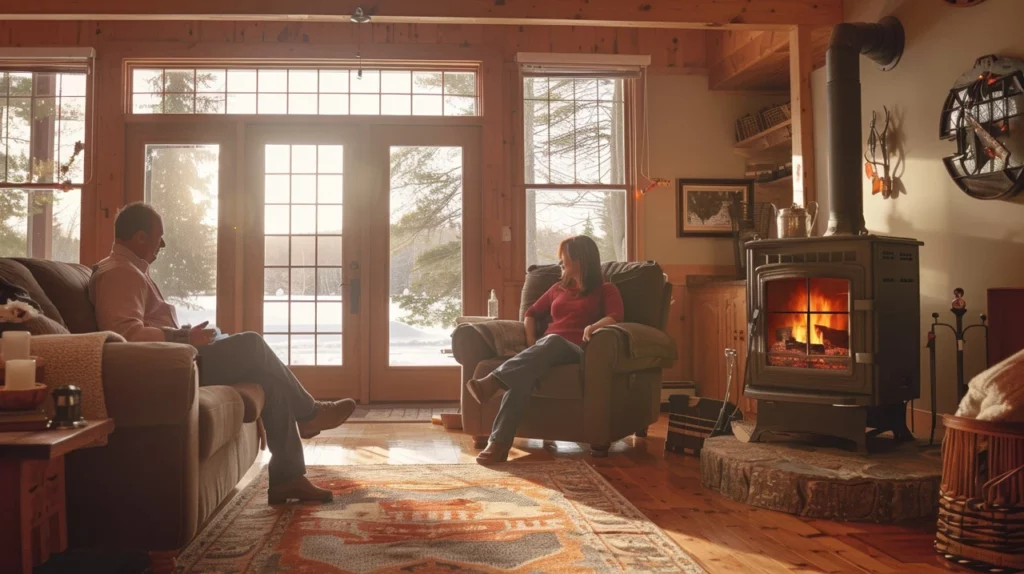
Selecting the perfect wood-burning insert involves considering several factors:
- Size of the Space: Measure the area you want to heat and choose an insert with an appropriate BTU output.
- Existing Fireplace Dimensions: Ensure the insert will fit properly in your current fireplace opening.
- Heating Needs: Consider your climate and how often you plan to use the insert.
- Efficiency Ratings: Look for EPA-certified models with high efficiency ratings.
- Style and Design: Choose an insert that complements your home’s decor.
Popular Brands and Price Ranges
| Brand | Price Range | Notable Features |
| Jøtul | $2,000 – $4,000 | Scandinavian design, high efficiency |
| Lopi | $1,500 – $3,500 | Large viewing area, long burn times |
| Osburn | $1,200 – $2,800 | Budget-friendly, modern aesthetics |
| Regency | $2,500 – $4,500 | Customizable options, high heat output |
| Vermont Castings | $2,000 – $4,000 | Classic designs, durable construction |
Installation Process for Wood-Burning Inserts
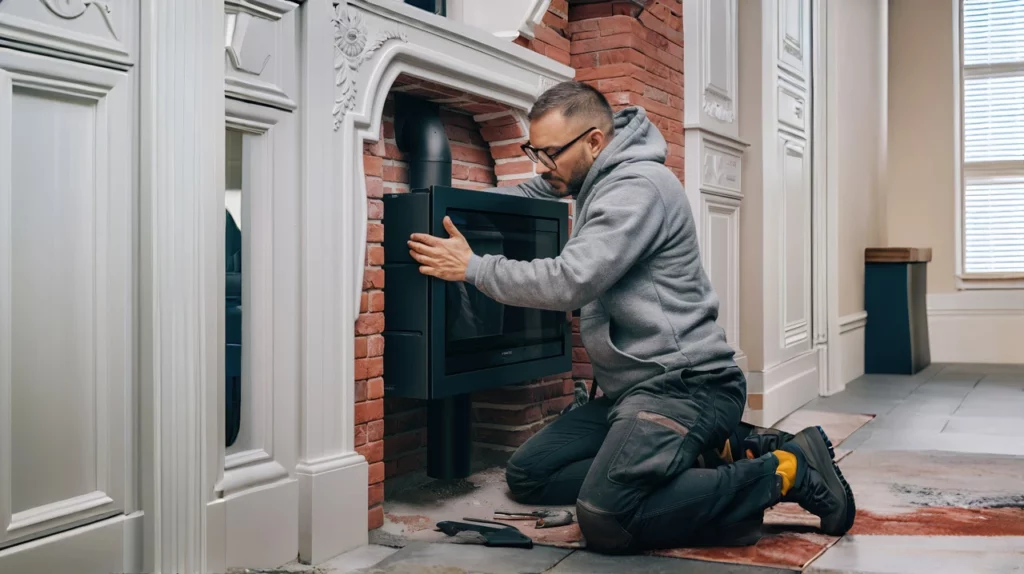
While some handy homeowners may be tempted to tackle installation themselves, it’s generally recommended to hire a professional for several reasons:
- Proper installation ensures optimal performance and safety
- Professionals can address any unforeseen issues with the existing fireplace or chimney
- Improper installation can void warranties and potentially create fire hazards
Steps Involved in Professional Installation
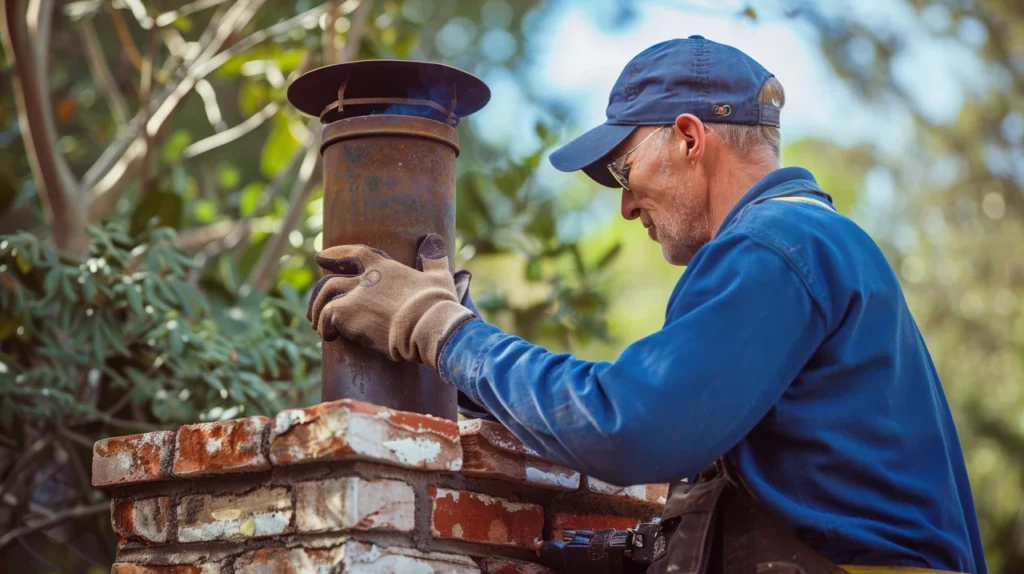
- Inspection of the existing fireplace and chimney
- Cleaning and preparation of the fireplace opening
- Installation of a chimney liner (if required)
- Placement and securing of the insert
- Connection to the chimney liner
- Installation of the surround and any decorative elements
- Final testing and adjustments
Note: Always check local building codes and obtain necessary permits before installation.
Maintaining Your Wood-Burning Fireplace Insert
Proper maintenance is crucial for the longevity and efficiency of your wood-burning insert:

Regular Cleaning:
- Remove ashes after each use
- Clean the glass door with a specialized cleaner
- Vacuum around the insert to remove dust and debris
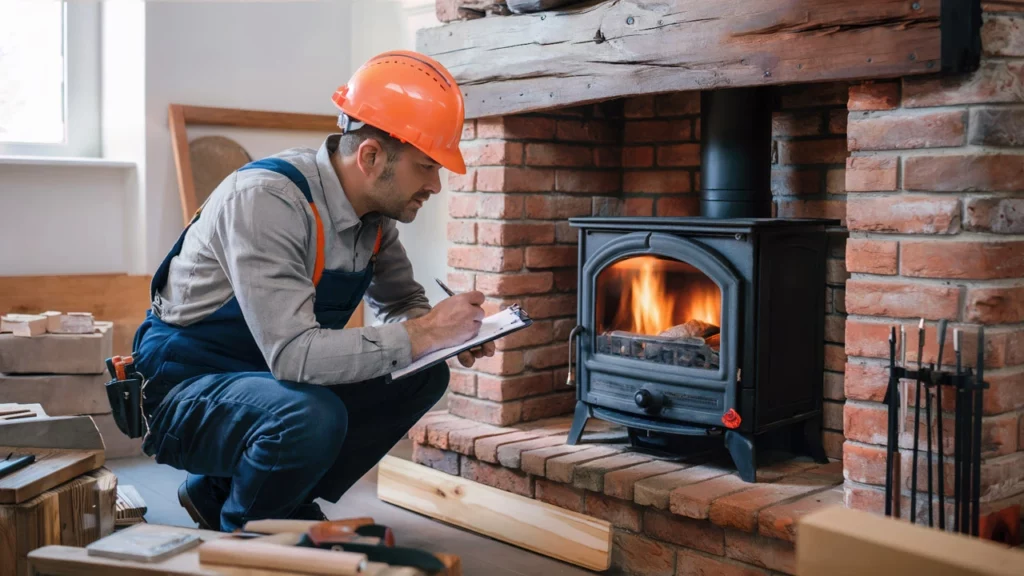
Annual Inspections:
- Have a professional inspect the insert, chimney, and liner annually
- Address any issues promptly to prevent safety hazards

Chimney Care:
- Schedule professional chimney sweeping at least once a year
- Install a chimney cap to prevent debris and animals from entering
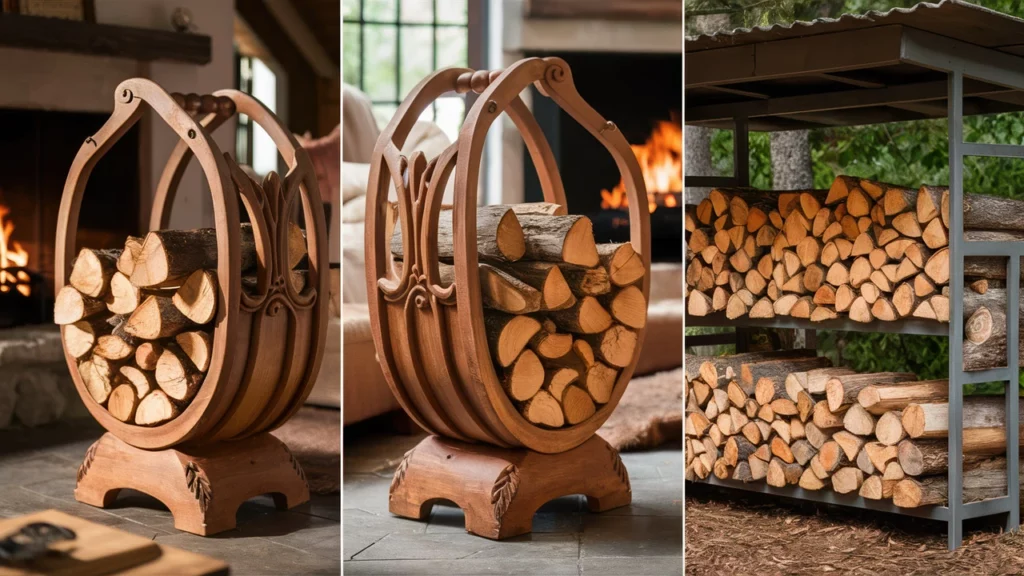
Proper Wood Selection and Storage:
- Use seasoned hardwoods with moisture content below 20%
- Store wood in a dry, covered area away from the house
Operating Your Wood-Burning Insert Efficiently
To get the most out of your wood-burning insert, follow these best practices:
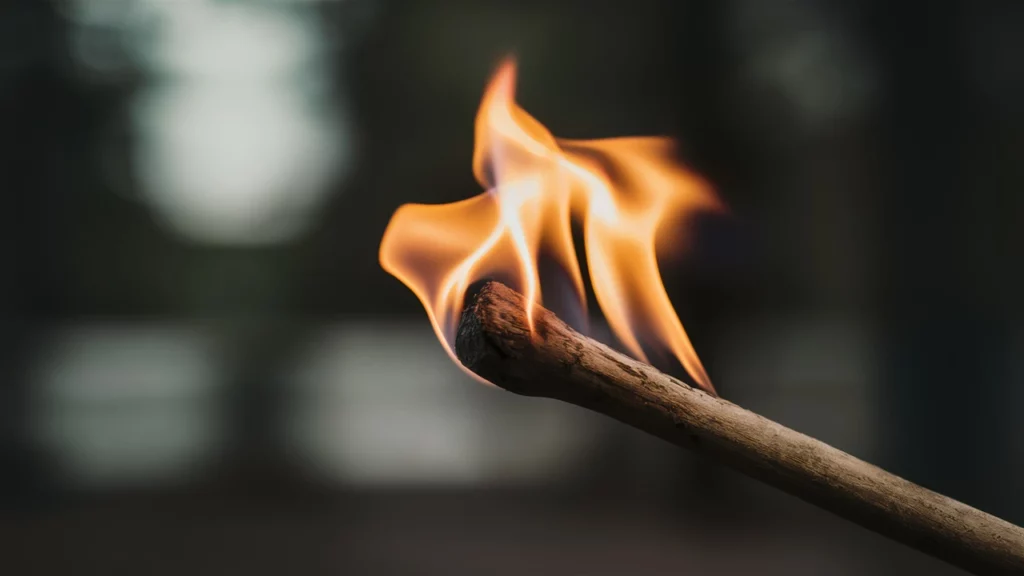
Starting a Fire:
- Use dry kindling and small pieces of wood to start
- Arrange logs to allow for proper air circulation
- Keep the door slightly ajar until the fire is well-established

Controlling Heat Output:
- Adjust the air controls to regulate the burn rate
- Add larger logs for longer-lasting heat
- Use a blower (if equipped) to distribute heat more effectively

Using Dampers and Air Controls:
- Open the damper fully when starting a fire
- Gradually close the damper to retain heat once the fire is established
- Adjust primary and secondary air controls for optimal combustion
Safety Considerations for Wood-Burning Inserts
Safety should always be a top priority when operating a wood-burning insert:
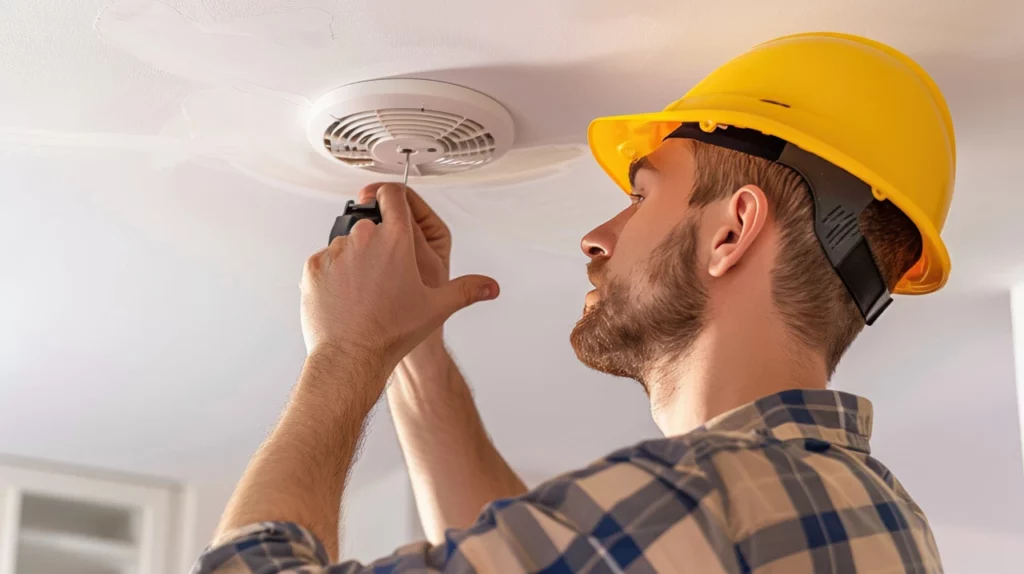
Fire Safety Precautions:
- Install smoke and carbon monoxide detectors
- Keep a fire extinguisher nearby
- Maintain proper clearances around the insert
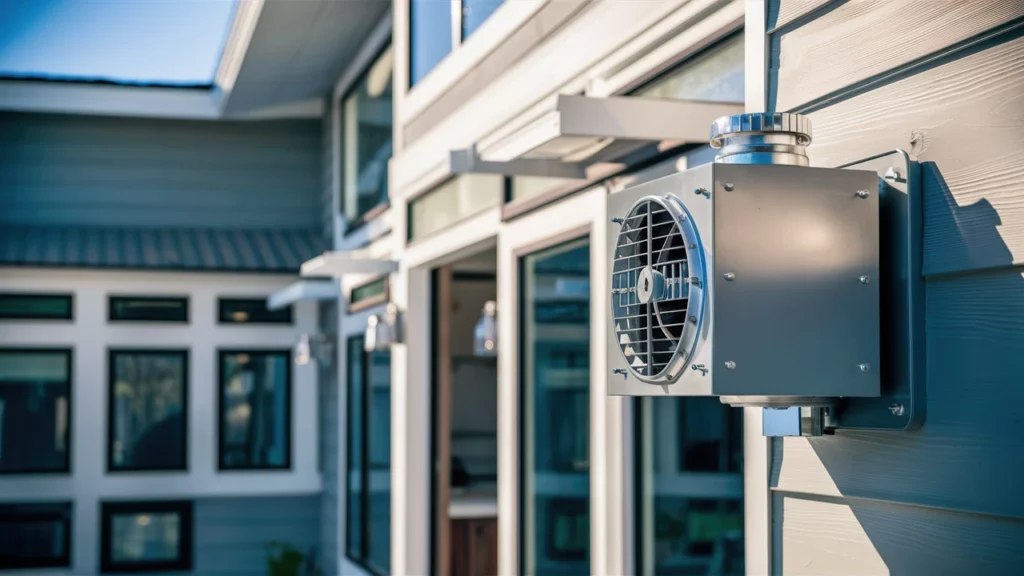
Proper Ventilation:
- Ensure your home has adequate ventilation
- Consider installing an outside air kit for combustion air
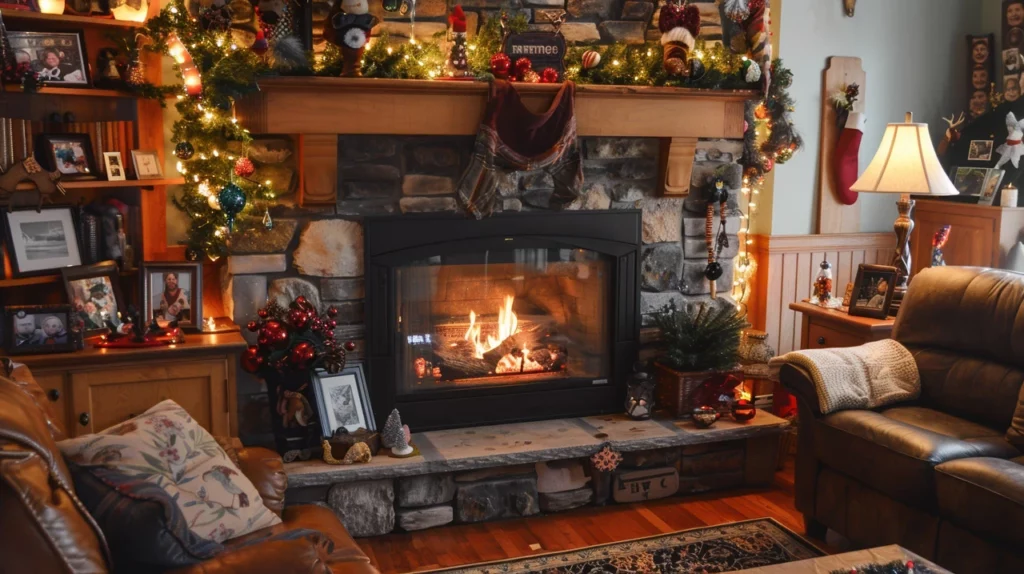
Child and Pet Safety:
- Use a fireplace screen or glass doors to prevent accidental contact
- Teach children about fire safety and establish clear rules
Comparing Wood-Burning Inserts to Other Heating Options
| Heating Option | Pros | Cons |
| Wood-Burning Insert | – Efficient heat output – Renewable fuel source – Cozy ambiance | – Requires wood storage and handling – Regular maintenance needed |
| Traditional Fireplace | – Classic aesthetic – No electricity required | – Low efficiency – High heat loss |
| Pellet Stove | – Automated fuel feeding – Clean-burning | – Requires electricity – Limited flame view |
| Gas Insert | – Convenient operation – Clean-burning | – Dependent on gas supply – Less authentic flame |
| Electric Fireplace | – Easy installation – No venting required | – Higher operating costs – Less realistic flame |
Environmental Impact of Wood-Burning Inserts
While wood-burning inserts are more eco-friendly than traditional fireplaces, it’s important to consider their environmental impact:
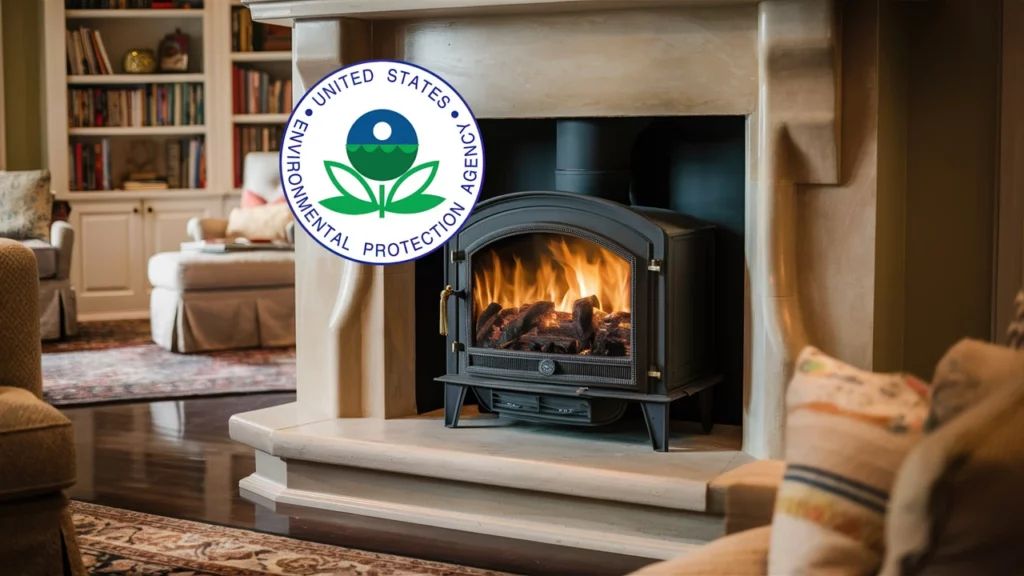
1. Emissions and Air Quality:
- Modern inserts produce significantly fewer particulate emissions than older models
- EPA-certified inserts must meet strict emission standards

2. Sustainable Wood Sourcing:
- Use locally-sourced, sustainably harvested wood when possible
- Consider planting trees to offset your wood consumption
3. EPA Regulations and Certifications:
- Look for inserts that meet or exceed EPA 2020 emission standards
- Some states and localities may have additional requirements
Enhancing Your Home’s Decor with Wood-Burning Inserts

A wood-burning insert can become a stunning focal point in your home:
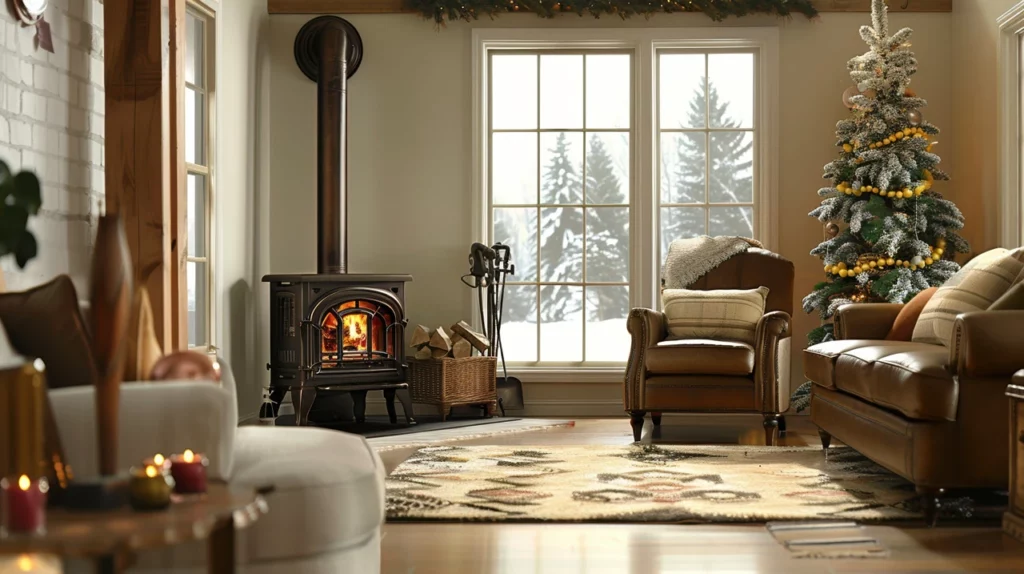
1. Design Options and Styles:
- Choose from traditional, contemporary, or rustic designs
- Consider cast iron, steel, or soapstone construction for different aesthetics
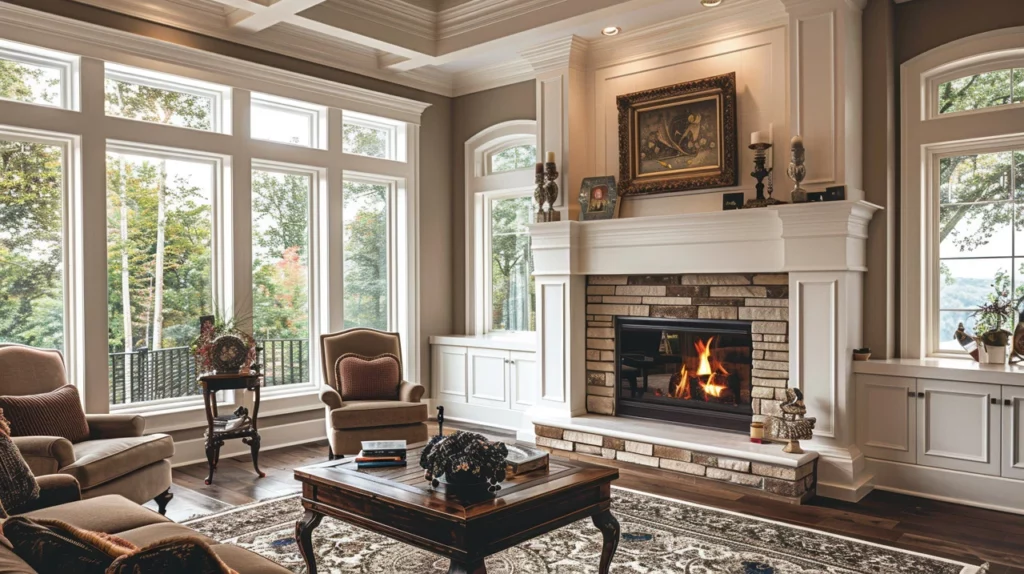
2. Customizing the Surround and Mantel:
- Use materials like stone, brick, or tile to create a unique surround
- Install a custom mantel to complement your home’s style
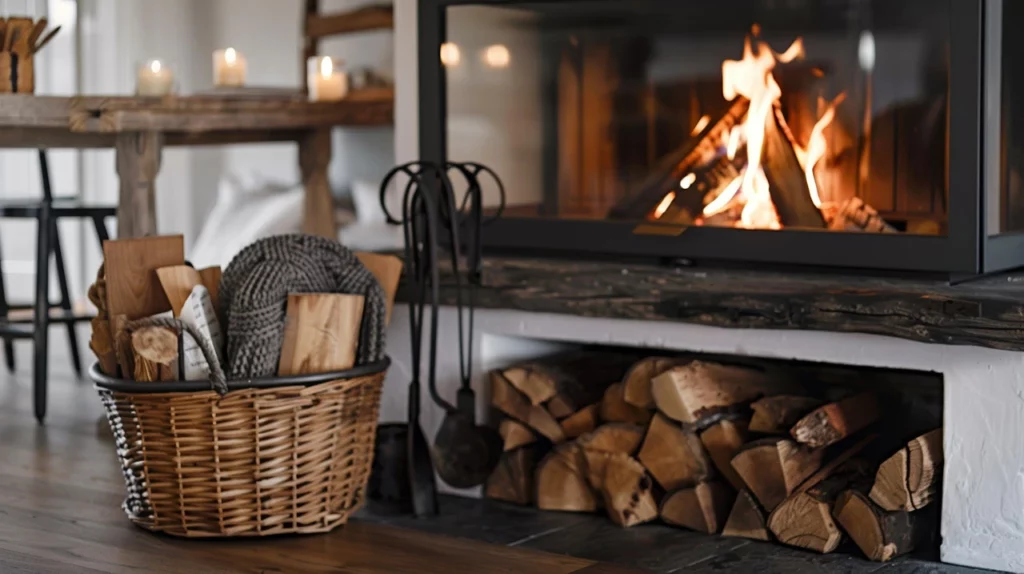
3. Accessories and Tools:
- Invest in high-quality fireplace tools (poker, shovel, brush)
- Add a decorative log holder or wood storage solution nearby
Frequently Asked Questions About Wood-Burning Inserts

Q: How much does a wood-burning insert cost? A: Prices typically range from $1,200 to $4,500, not including installation costs.
Q: Can I install a wood-burning insert in my existing fireplace? A: In most cases, yes. However, a professional should assess your fireplace to ensure compatibility.
Q: How much wood will I need for a season? A: This varies based on usage, but plan for 3-5 cords of wood for regular use throughout the winter.
Q: Are wood-burning inserts safe? A: When properly installed and maintained, wood-burning inserts are very safe. Always follow manufacturer guidelines and local building codes.
Q: Do wood-burning inserts require electricity? A: Most inserts do not require electricity to produce heat, but some models may have electric blowers or controls.
Conclusion
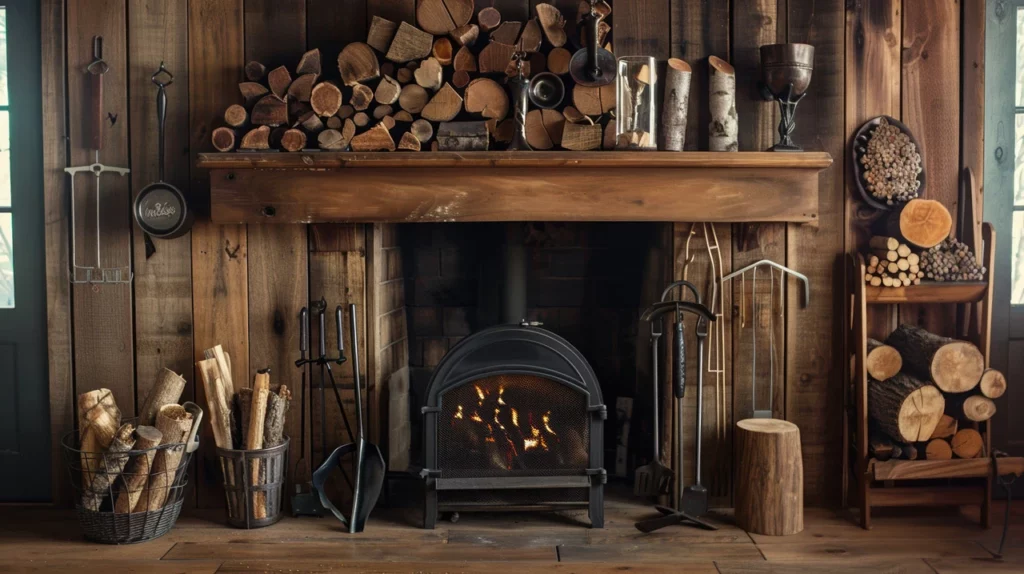
Wood-burning inserts offer an excellent solution for homeowners looking to combine the traditional charm of a fireplace with modern efficiency. By providing powerful heat output, cost savings, and an inviting ambiance, these inserts have become increasingly popular in recent years.
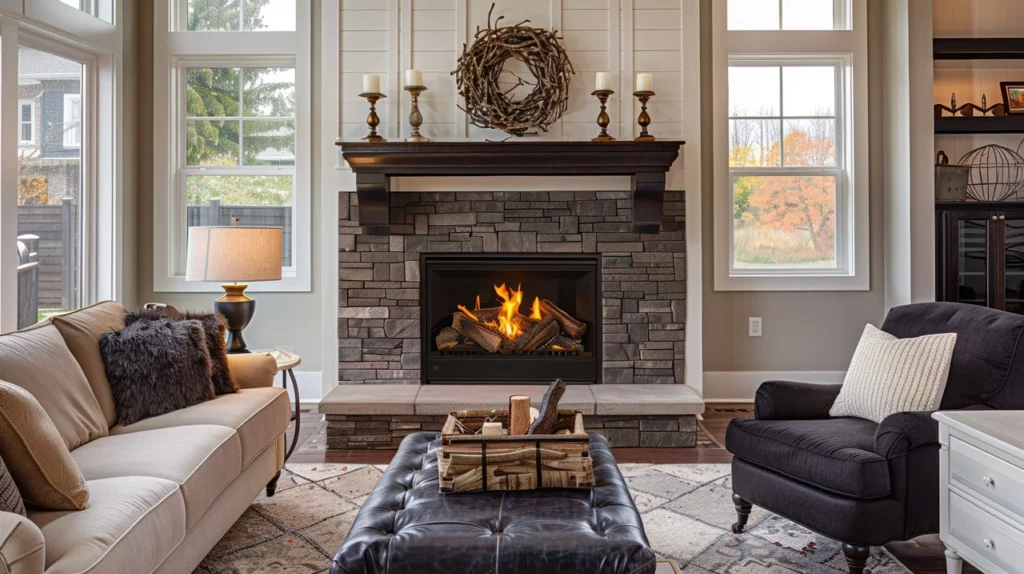
As you consider whether a wood-burning insert is right for your home, weigh the benefits against the maintenance requirements and environmental considerations. With proper selection, installation, and care, a wood-burning insert can provide years of cozy comfort and become a cherished feature of your home.
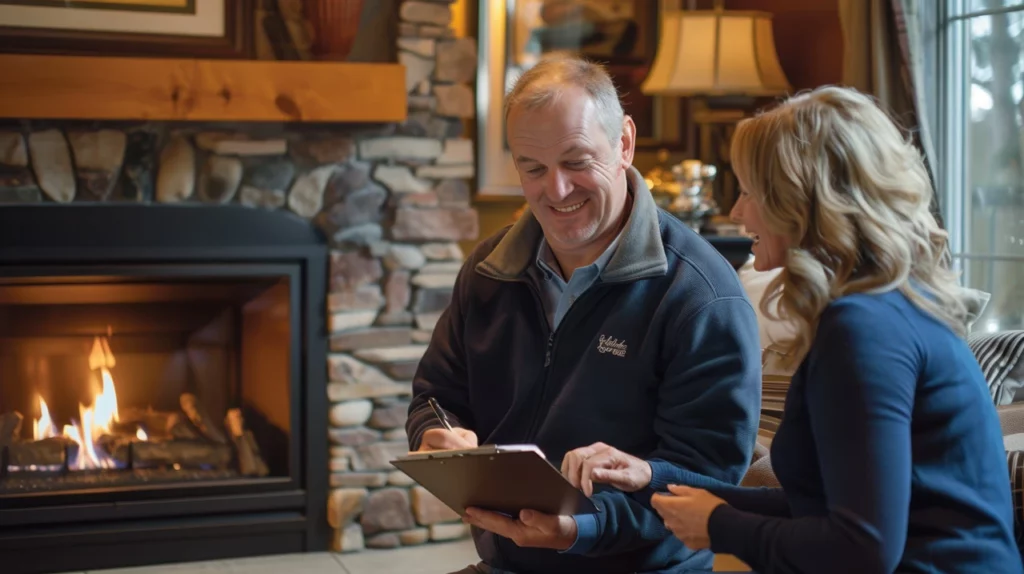
If you’re ready to embrace the warmth and efficiency of a wood-burning insert, consult with a local fireplace professional to explore your options and find the perfect model for your needs. With the right insert, you can transform your drafty, inefficient fireplace into a powerful heating source that adds both value and charm to your home.










